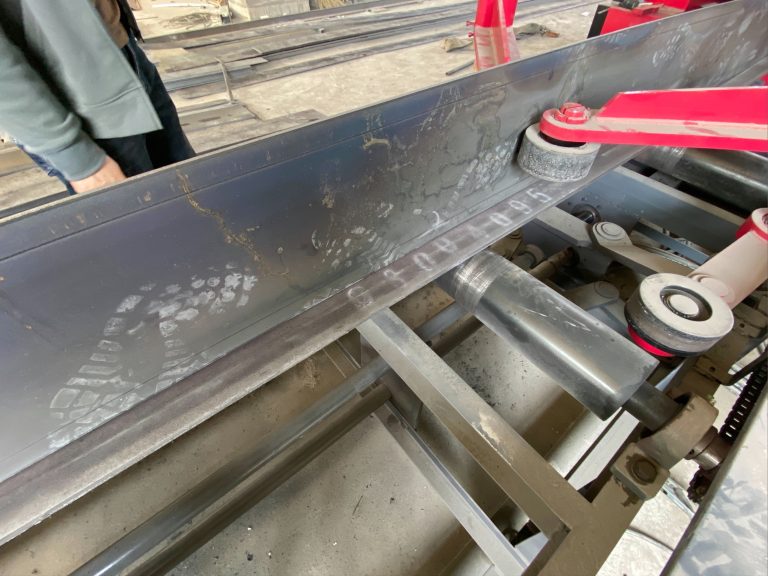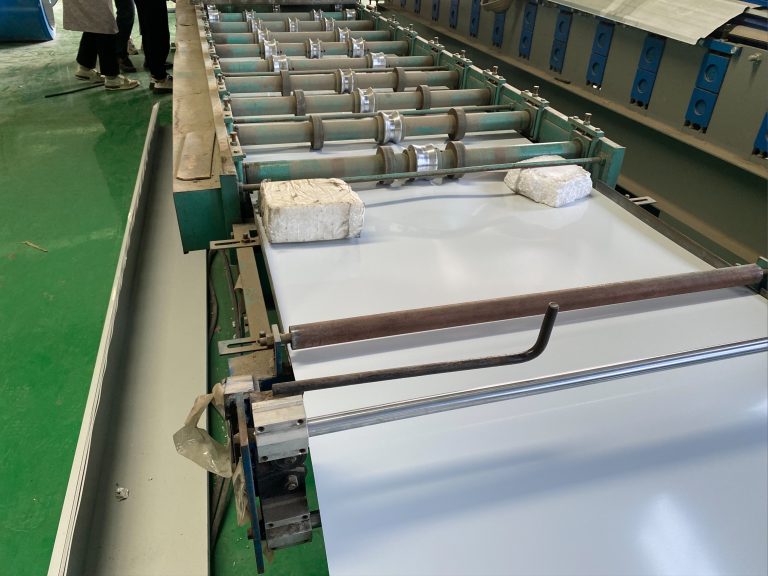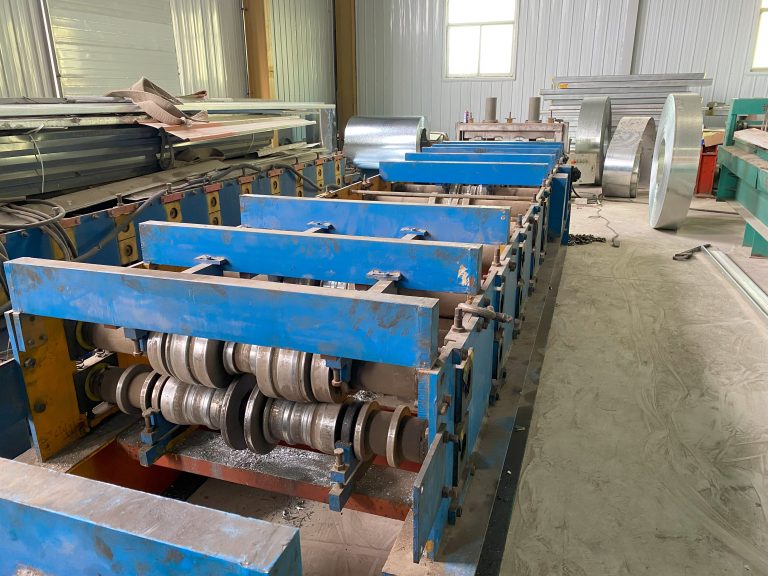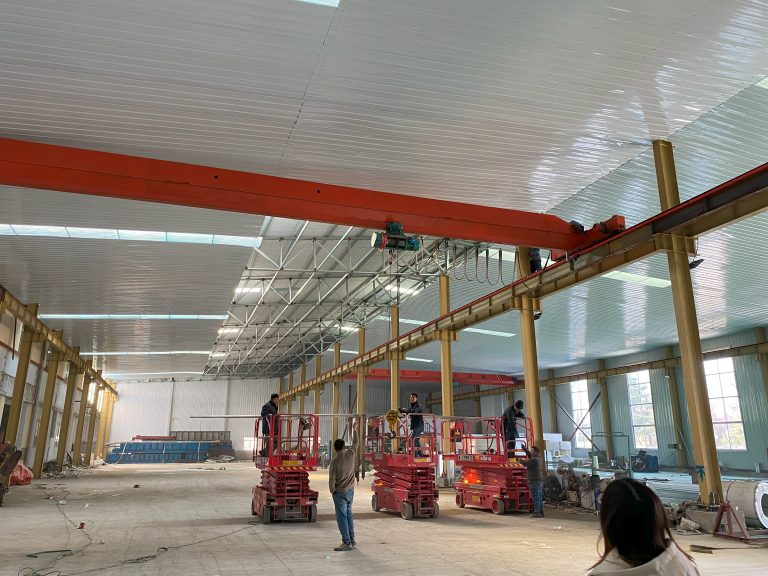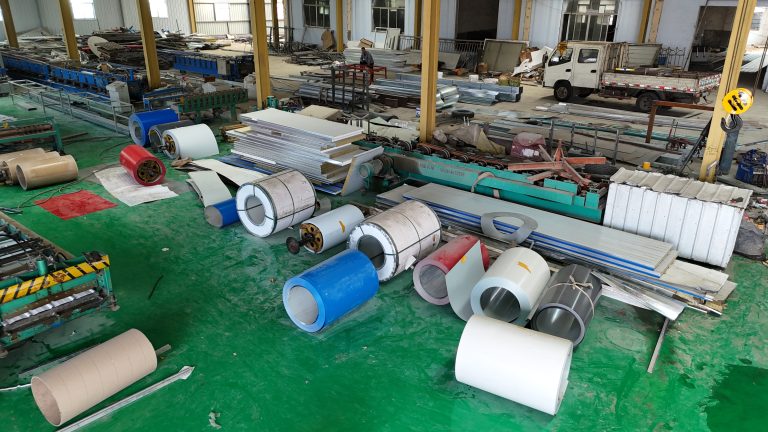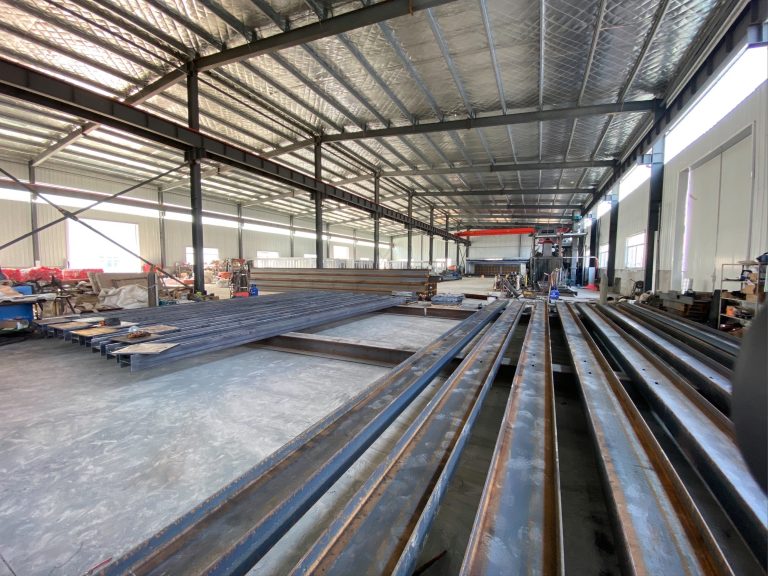Structural steel engineering: a model of precision and efficiency.
Table of Contents
Benefits of Using Structural Steel in Engineering Projects
Structural steel engineering is a model of precision and efficiency that has been utilized in a wide range of engineering projects. The use of structural steel offers numerous benefits that make it a popular choice for construction and infrastructure development. In this article, we will explore the advantages of using structural steel in engineering projects.
One of the key benefits of using structural steel is its strength and durability. Structural steel is known for its high tensile strength, which allows it to withstand heavy loads and extreme weather conditions. This makes it an ideal material for building structures that need to support large amounts of weight, such as bridges, skyscrapers, and industrial facilities. Additionally, structural steel is resistant to corrosion, which helps to extend the lifespan of the structures it is used in.
Another advantage of using structural steel is its versatility. Structural steel can be easily fabricated into different shapes and sizes, allowing engineers to design complex structures with precision and efficiency. This flexibility in design makes structural steel a popular choice for projects that require unique and innovative solutions. Additionally, structural steel is lightweight compared to other building materials, which can help reduce construction costs and speed up the building process.
In addition to its strength and versatility, structural steel is also a sustainable building material. Steel is one of the most recycled materials in the world, with a recycling rate of over 90%. This means that structural steel can be reused and repurposed, reducing the environmental impact of construction projects. Additionally, the production of structural steel requires less energy compared to other building materials, making it a more sustainable choice for engineering projects.
Structural steel also offers cost savings for engineering projects. The prefabrication of structural steel components in a controlled environment helps to reduce construction time and labor costs. This can result in significant savings for project owners and developers. Additionally, the durability and low maintenance requirements of structural steel can help reduce long-term maintenance costs, making it a cost-effective choice for building projects.
Furthermore, structural steel is a fire-resistant material, which can help improve the safety of buildings and structures. Steel does not burn, warp, or twist when exposed to high temperatures, making it a reliable choice for fire-resistant construction. This can provide peace of mind for building occupants and help prevent the spread of fires in the event of an emergency.
In conclusion, structural steel engineering is a model of precision and efficiency that offers numerous benefits for engineering projects. From its strength and durability to its versatility and sustainability, structural steel is a popular choice for construction and infrastructure development. By using structural steel, engineers can create innovative and cost-effective solutions that meet the needs of modern construction projects.
Innovations in Structural Steel Design and Construction Techniques
Structural steel engineering is a field that has seen significant advancements in recent years, making it a model of precision and efficiency in the construction industry. The use of structural steel in building design has become increasingly popular due to its numerous benefits, including strength, durability, and versatility. In this article, we will explore some of the innovations in structural steel design and construction techniques that have revolutionized the way buildings are constructed.
One of the key innovations in structural steel engineering is the use of Building Information Modeling (BIM) software. BIM allows engineers and architects to create detailed 3D models of buildings, which can be used to visualize the structure and identify potential issues before construction begins. This technology has greatly improved the efficiency of the design process, leading to more accurate and cost-effective building projects.
Another important innovation in structural steel engineering is the use of advanced fabrication techniques. Computer Numerical Control (CNC) machines are now commonly used to cut and shape steel components with a high degree of precision. This has led to faster production times and reduced waste, making structural steel construction more sustainable and environmentally friendly.
In addition to advanced fabrication techniques, the use of high-strength steel alloys has also revolutionized the field of structural steel engineering. These alloys have a higher strength-to-weight ratio than traditional steel, allowing for lighter and more efficient building designs. This not only reduces the amount of steel needed for a project but also makes buildings more resilient to extreme weather conditions and seismic events.
One of the most exciting developments in structural steel engineering is the use of modular construction techniques. Modular construction involves prefabricating steel components off-site and assembling them on-site, reducing construction time and minimizing disruption to the surrounding area. This method has been used in a wide range of building projects, from residential homes to commercial skyscrapers, and has proven to be a cost-effective and efficient way to construct buildings.

The use of innovative construction techniques, such as modular construction and advanced fabrication methods, has allowed structural steel engineering to become a model of precision and efficiency in the construction industry. These advancements have not only improved the quality of buildings but have also made construction projects more sustainable and environmentally friendly.
In conclusion, structural steel engineering has come a long way in recent years, thanks to advancements in technology and construction techniques. The use of BIM software, advanced fabrication methods, high-strength steel alloys, and modular construction techniques has revolutionized the field, making it a model of precision and efficiency in the construction industry. As the demand for sustainable and cost-effective building solutions continues to grow, structural steel engineering will undoubtedly play a key role in shaping the future of construction.

